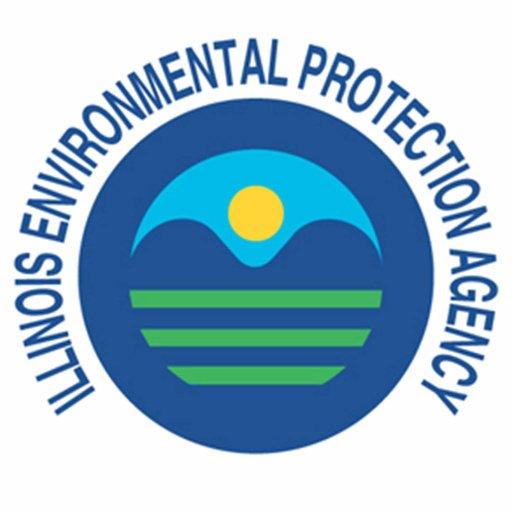
SPRINGFIELD – The Illinois Environmental Protection Agency and Department of Public Health are asking residents to continue to be vigilant, even now that fall weather is approaching, if they are planning activities on Illinois waterways, including lakes, rivers, streams and ponds. Water conditions remain ideal for blue-green algae (also known as cyanobacteria) blooms. Blue-green algae are microscopic organisms that naturally occur in lakes and streams. Blooms form when algae reproduce rapidly and accumulate in dense quantities. While most are harmless, some blue-green algae can produce algal toxins that may cause sickness or other health effects in people and pets, depending on the amount and type of exposure.
Get The Latest News!
Don't miss our top stories and need-to-know news everyday in your inbox.
Illinois EPA collected samples in Lake Centralia on September 14th following reports of a canine death, which occurred within hours after the dog swam in the lake water. Sample results indicated microcystin concentration were 41,000 parts per billion (ppb). The United States Environmental Protection Agency (U.S. EPA) recommended human health recreational threshold for microcystins is 8 ppb. There are no recommended thresholds for animal exposure.
Residents are reminded to use caution when recreating in or on Illinois waterways, as blue-green algae blooms continue to be possible. Blue-green algae blooms can form into late fall months. When a blue-green algae bloom producing toxins has been confirmed, local officials are advised to post appropriate signage to warn residents to avoid contact with affected waters; however, not all blooms are reported to state officials. Therefore, residents must be aware and avoid contact with suspicious looking water. In response to last week’s report, Centralia officials closed Lake Centralia to recreation, posted signs and issued a press release while sample results were pending. Illinois EPA will resample the lake this week.
People who plan to recreate in or on Illinois waters are advised to avoid ALL contact with water that:
• looks like spilled green or blue-green paint;
• has surface scums, mats, or films;
• is discolored or has green-colored streaks; or
• has greenish globs suspended in the water below the surface.
People are also advised to keep children and pets out of the water. Do not allow pets to drink from the water and do not allow them to lick their fur after swimming in water containing a blue-green algae bloom. If you or your pet has contact with water you suspect may have a blue-green algae bloom, rinse off with clean, fresh water as soon as possible.
Sensitive individuals, including young children, the elderly, and people with compromised immune systems are most at risk to adverse health effects attributable to algal toxins. Individuals are most often exposed to algal toxins while swimming or participating in other recreational activities in and on the water. The most common routes of exposure are direct skin contact, accidental ingestion of contaminated water, or accidental inhalation of water droplets in the air. Symptoms of exposure to algal toxins include rashes, hives, diarrhea, vomiting, coughing, or wheezing. More severe symptoms may result from longer or greater amounts of exposure.
Activities near (but not in or on) a lake or river, such as camping, picnicking, biking, and hiking, are not affected. With all activities, wash your hands before eating if you have had contact with lake or river water or shore debris.
If you are concerned you have symptoms that are a result of exposure to algal toxins, contact your health care provider or call the Illinois Poison Center at 1-800-222-1222. If your pet experiences symptoms that may be a result of exposure, contact your veterinarian.
For additional information about harmful algal blooms, please visit Illinois EPA’s Harmful Algal Bloom webpage at: https://www2.illinois.gov/epa/topics/water-quality/monitoring/algal-bloom/Pages/default.aspx
U.S. EPA also has information available on harmful algal blooms, how dogs can be affected, and how to protect your pet from toxins.
• EPA’s Video Protect Your Pooch from Harmful Algal Blooms
• CDC’s Reference Brochure for Veterinarians
• New York Sea Grant Guide on Harmful Algal Blooms and Dogs
More like this:
